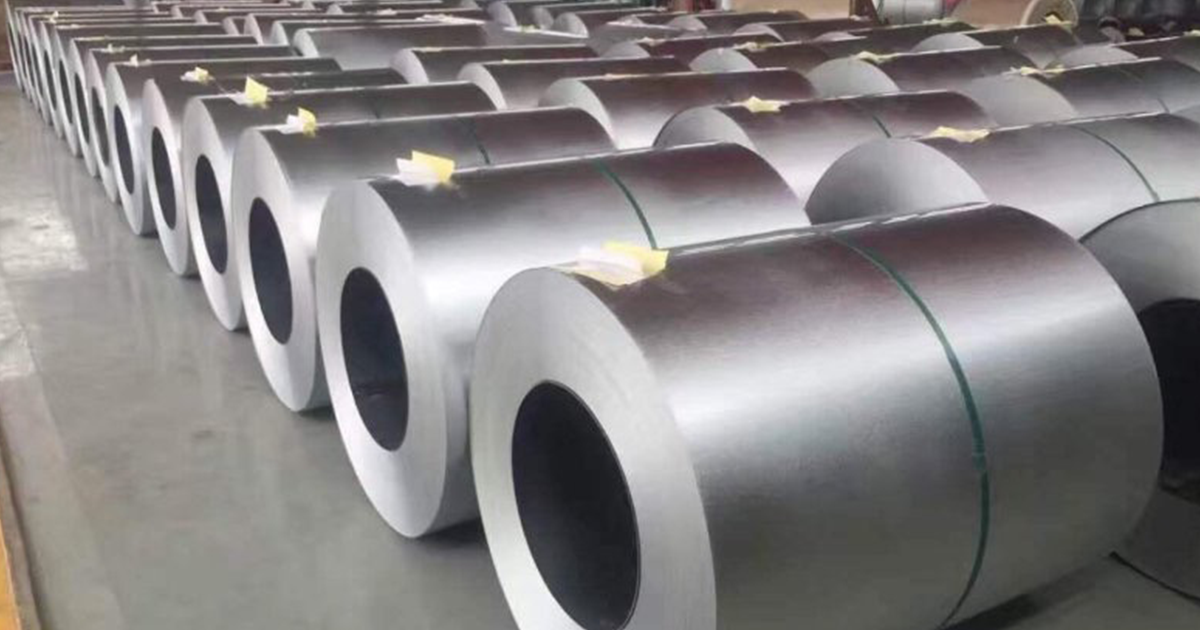Nippon Steel claims 33% CO2 reduction through hydrogen injection technique
14 Feb 2024

Nippon Steel, the largest steelmaker in Japan, on Monday said it has succeeded in reducing CO2 emissions from a small-scale test blast furnace by 33 per cent through injection of heated hydrogen in a trial carried out over period of one month.
The highest reduction in CO2 emission achieved so far by a steel mill, this cut has been achieved by the `Super COURSE50’ process, where heated hydrogen is injected into the blast furnace. Nippon steel did not disclose the proportion of the hydrogen to coking coal that was used in the blast furnace. It also did not reveal the source of hydrogen, but has mentioned purchasing H2 from outside for the Super COURSE50 process.
Nippon Steel has set a target of reducing carbon emissions from existing blast furnaces by 50 per cent through hydrogen injection. Earlier, in August last year, the steel major had announced a 22 per cent reduction in emissions using this process.
Nippon Steel plans to continue the use of its COURSE 50 technology, which also recycles hydrogen generated when coking coal is fired in a blast furnace for use as a reducing agent, at its No 2 blast furnace in its East Nippon Works in Kimitsu from January 2026, and deploy the Super COURSE50 process of injecting externally-bought H2 by 2050.
Both techniques had been developed with budgeted funding of up to $1.3 billion, from research and development agency NEDO.
Other companies, including Tata Steel, Thyssenkrupp and Sweden’s H2 Green Steel have also carried out H2 injection trials in order to prolong the lifetime of existing blast furnaces, although the emissions reduction of these tests have been meagre.
Tata Steel’s 40 per cent hydrogen injection into a blast furnace at its Jamshedpur steelworks helped displace just 10 per cent of coking coal.
Sweden’s H2 Green Steel, plan to directly reduce iron with hydrogen and use renewables-powered electric arc furnaces for heat, which could theoretically reduce emissions by 95 per cent.
While hydrogen can be used instead of coke as a direct reduction agent, this reaction is difficult to sustain as it is endothermic rather than exothermic, which also means no heat for melting the iron.






























